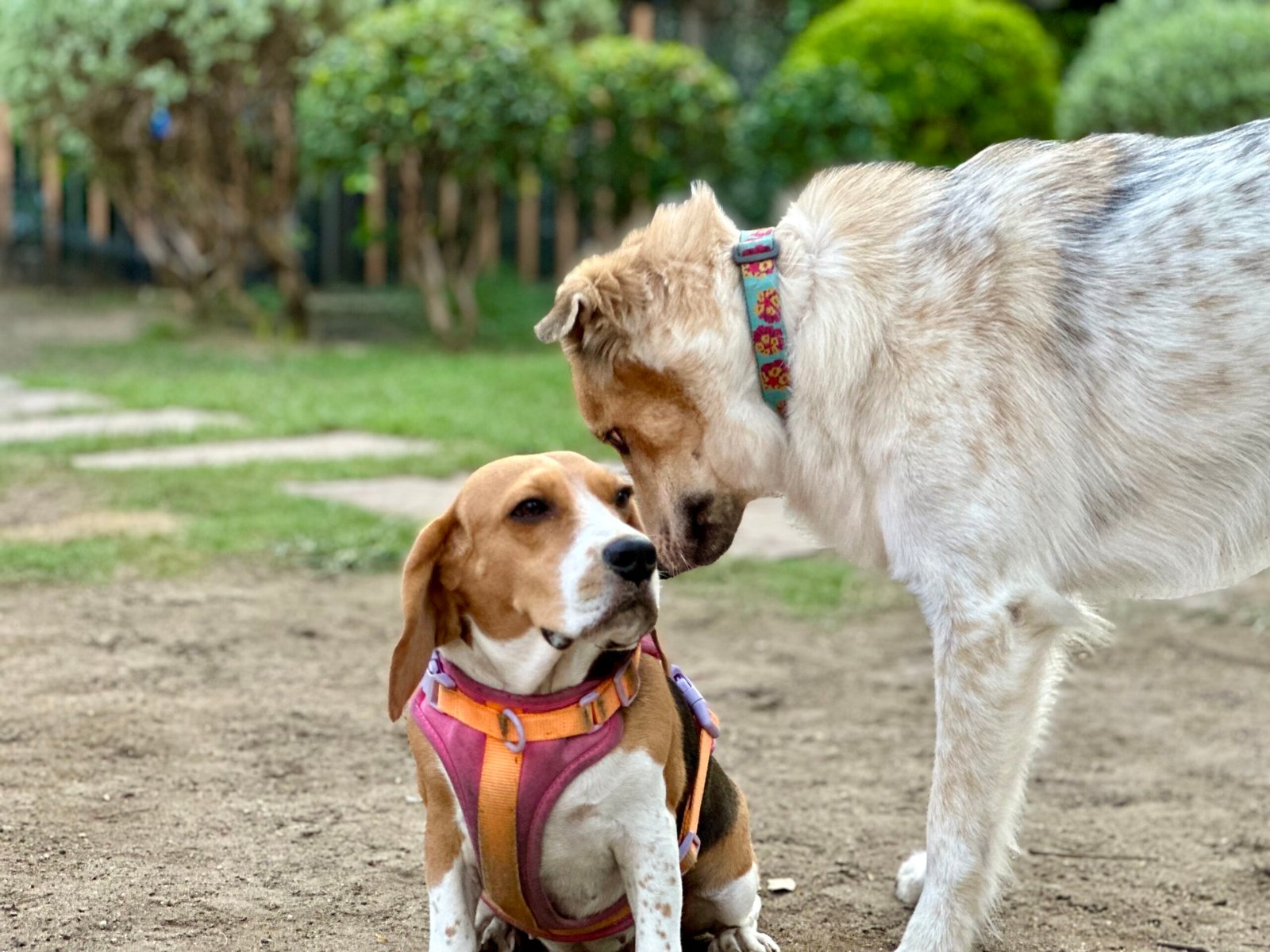Have you ever looked into your dog’s eyes and wondered, “What are you trying to tell me?” If you have, you’re not alone. Every wag of the tail, every bark, and even those soulful stares carry hidden messages. Dogs may not speak our language, but they’re masters at expressing themselves in ways that are both heartwarming and sometimes downright hilarious. Let’s dive deep into the world of canine communication and uncover the surprising, touching, and sometimes puzzling ways our furry best friends are reaching out to us.
Tail Wagging: More Than Just Happiness
Most people assume a wagging tail means a happy dog, but it’s actually much more nuanced than that. Dogs use their tails like little emotional flags, broadcasting their feelings to anyone paying attention. A fast, wide wag usually signals excitement or joy—think “You’re home!” or “It’s playtime!” But a slow, stiff wag can mean uncertainty or even caution. If your dog tucks their tail or wags it low, they might be feeling scared or anxious. Paying close attention to the speed, height, and direction of the wag can reveal a surprising range of emotions. Remember, a tail is like a mood ring for dogs—always changing, and always telling a story.
Barking: The Many Voices of Your Dog
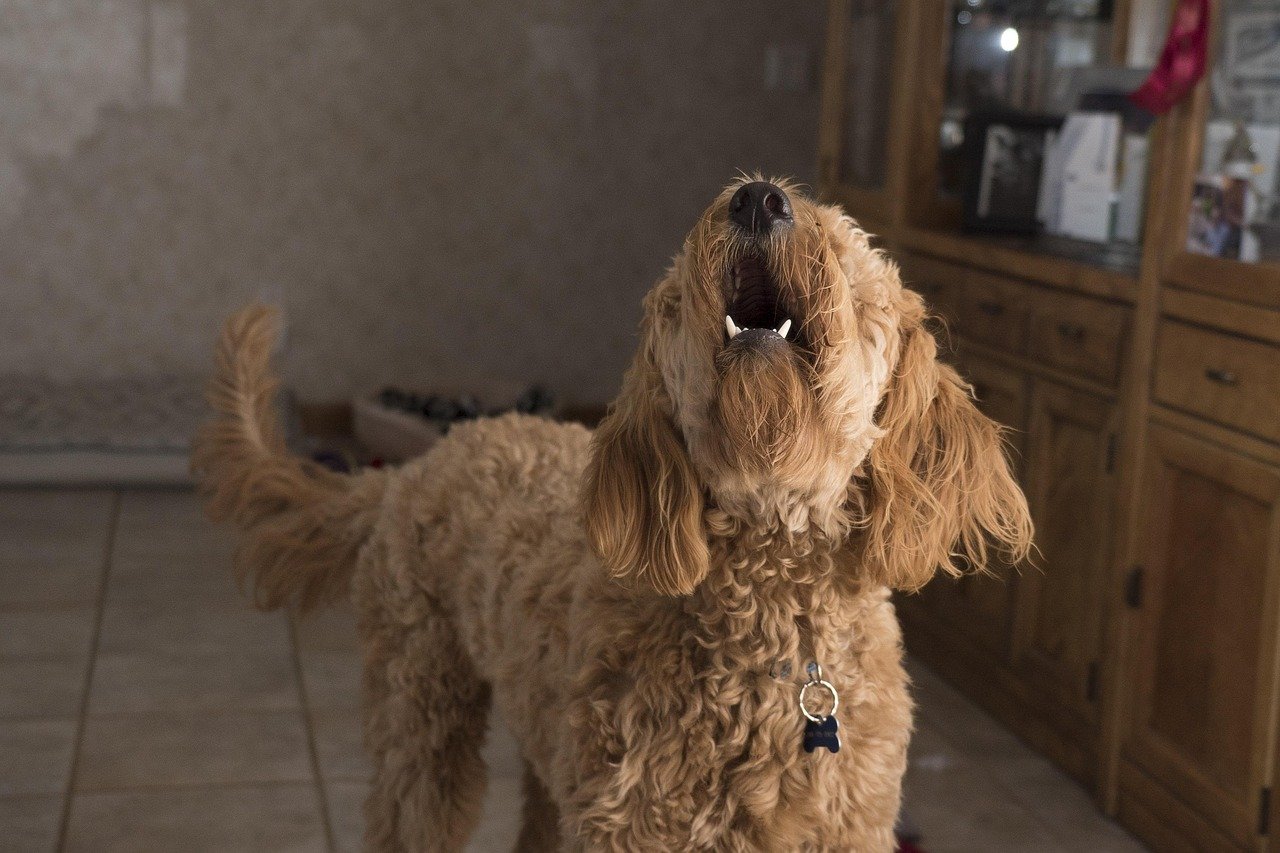
Barking is one of the most obvious ways dogs communicate, but not all barks are created equal. There’s the sharp, rapid bark of excitement when the doorbell rings, and the deep, steady bark that signals warning or protection. Some dogs have a softer, almost conversational bark when they want attention or are feeling playful. You might even notice your dog barking differently for strangers versus family members. Dogs are incredibly attuned to context, and their barks reflect their emotional state and intentions. Next time your dog sounds off, listen closely—it might be their way of telling you exactly what’s on their mind.
Whining and Whimpering: A Call for Help or Comfort
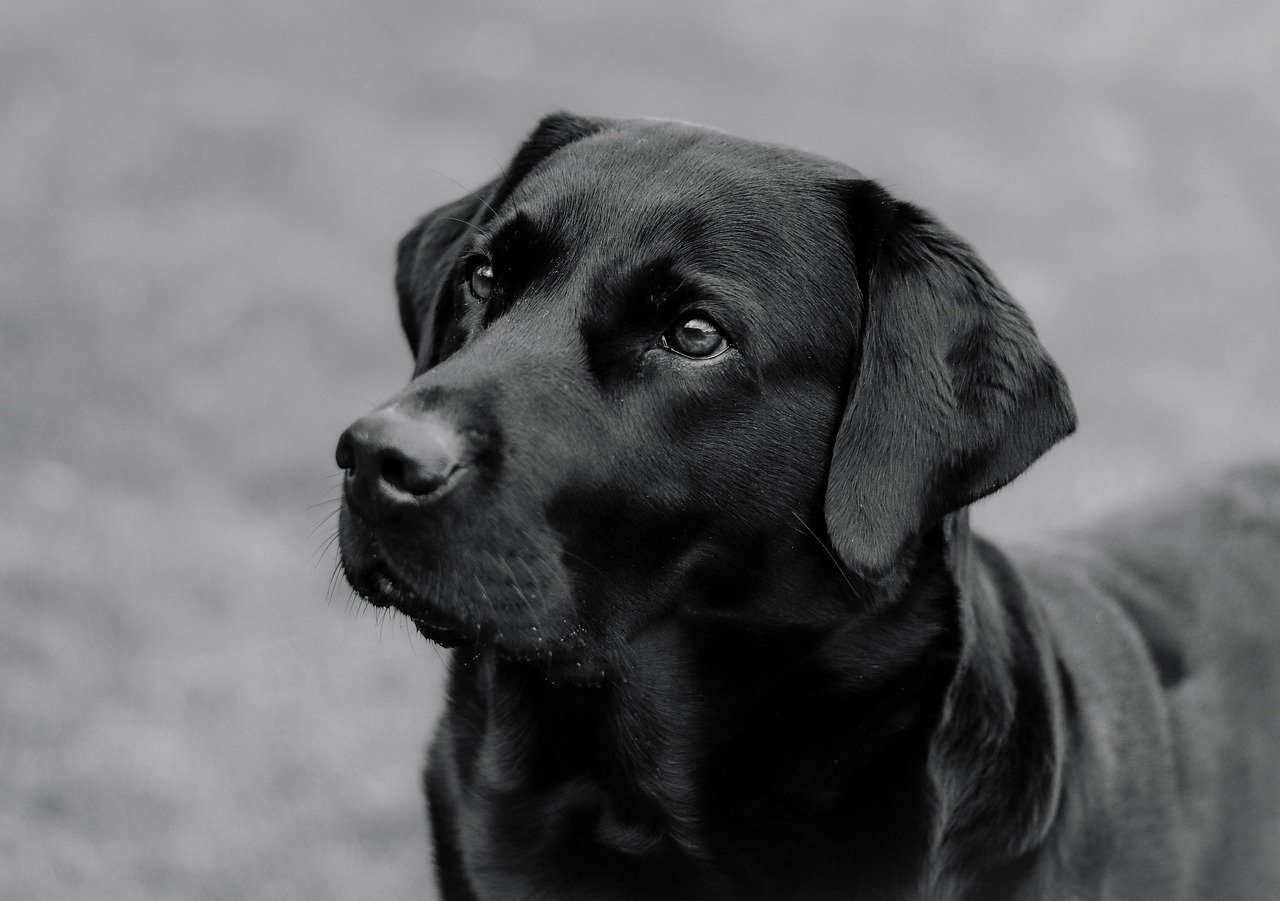
Whining is often a plea for something, whether it’s food, a walk, or just a bit of reassurance. Puppies especially use whining to get attention from their mothers, and many dogs carry this behavior into adulthood. If your dog is whining and pacing, they could be anxious or in need of comfort. Sometimes dogs whimper when they’re excited or anticipating something great, like seeing their favorite person. In other cases, whining might signal discomfort or pain, so it’s essential to be attentive. Dogs rely on this gentle but persistent sound to draw you closer when they need you most.
Licking: Expressions of Affection, Submission, or Anxiety
A dog’s lick can be as gentle as a butterfly or as enthusiastic as a mop in a puddle. Most often, licking is a sign of affection—a dog’s way of saying “I love you” or “You’re important to me.” But licking can also be about submission, especially when aimed at another dog’s muzzle or a human’s hand. Sometimes, dogs lick objects or themselves excessively when they’re feeling anxious or stressed. If your pup seems to be licking you more than usual, it might be their way of seeking reassurance or simply showing how much they care.
Ear Position: Tuning in to Their Mood
A dog’s ears are like little radar dishes, constantly moving and adjusting to the world around them. Erect, forward-facing ears typically mean your dog is alert, curious, or excited. Ears pinned back can indicate fear, anxiety, or submission. Sometimes, a quick flick of the ears can signal uncertainty or the need to process a new sound or situation. Each subtle movement provides a clue to your dog’s emotional state, making their ears one of the clearest indicators of what’s going on inside their head. Watching your dog’s ears is like having a window into their soul.
Yawning: Not Just About Being Tired
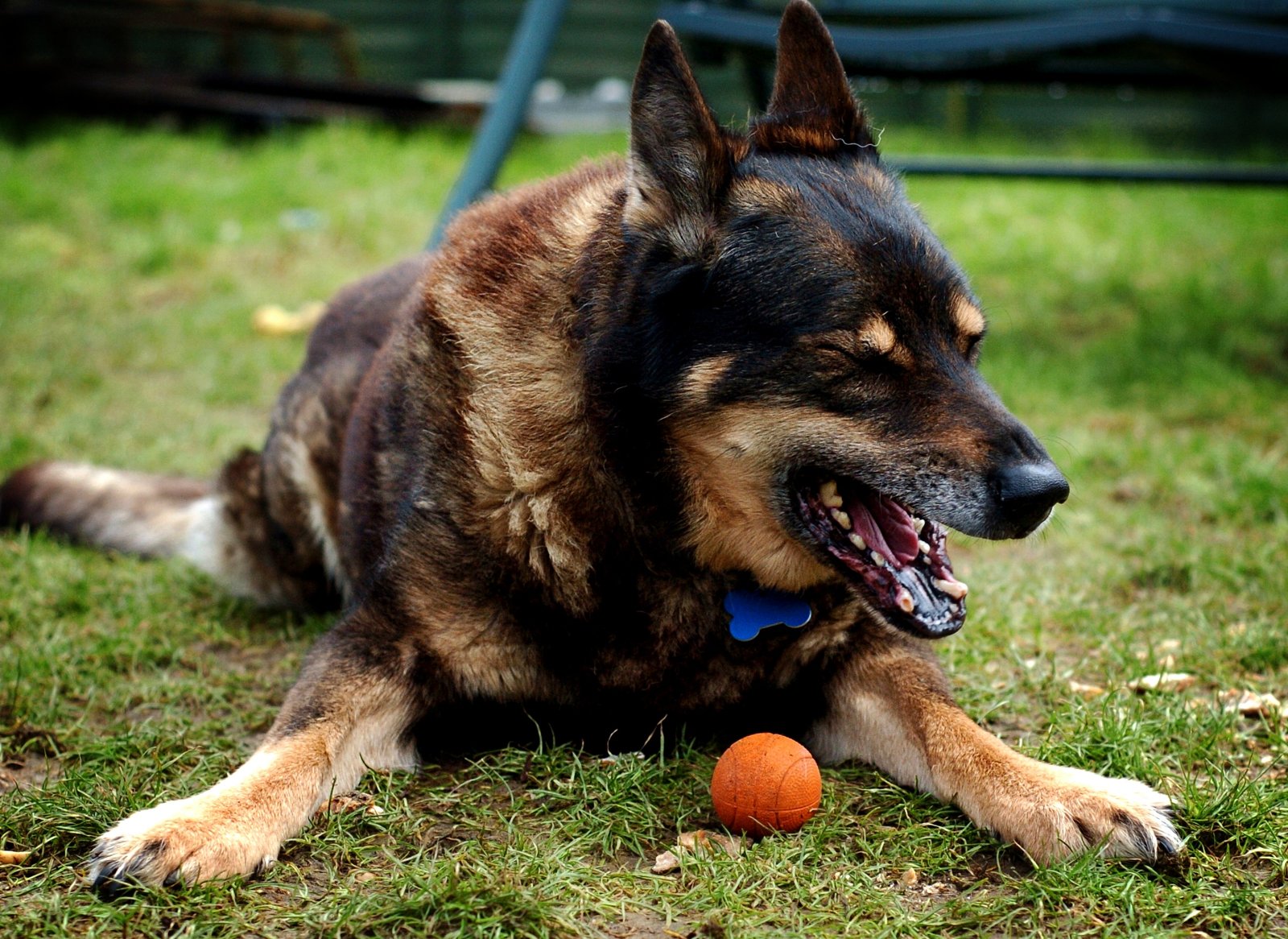
While yawning is commonly associated with sleepiness, in dogs it can have a range of meanings. Dogs often yawn as a way to calm themselves when they feel stressed or anxious. You might notice your dog yawning during a visit to the vet, or in the middle of a tense situation. Sometimes, yawning is a way for dogs to defuse conflict or signal peaceful intentions to other dogs or humans. It’s almost as if your dog is saying, “Let’s take it easy.” So next time you catch a big, exaggerated yawn, consider what your pup might be trying to communicate beneath the surface.
Leaning and Nuzzling: Seeking Closeness and Reassurance
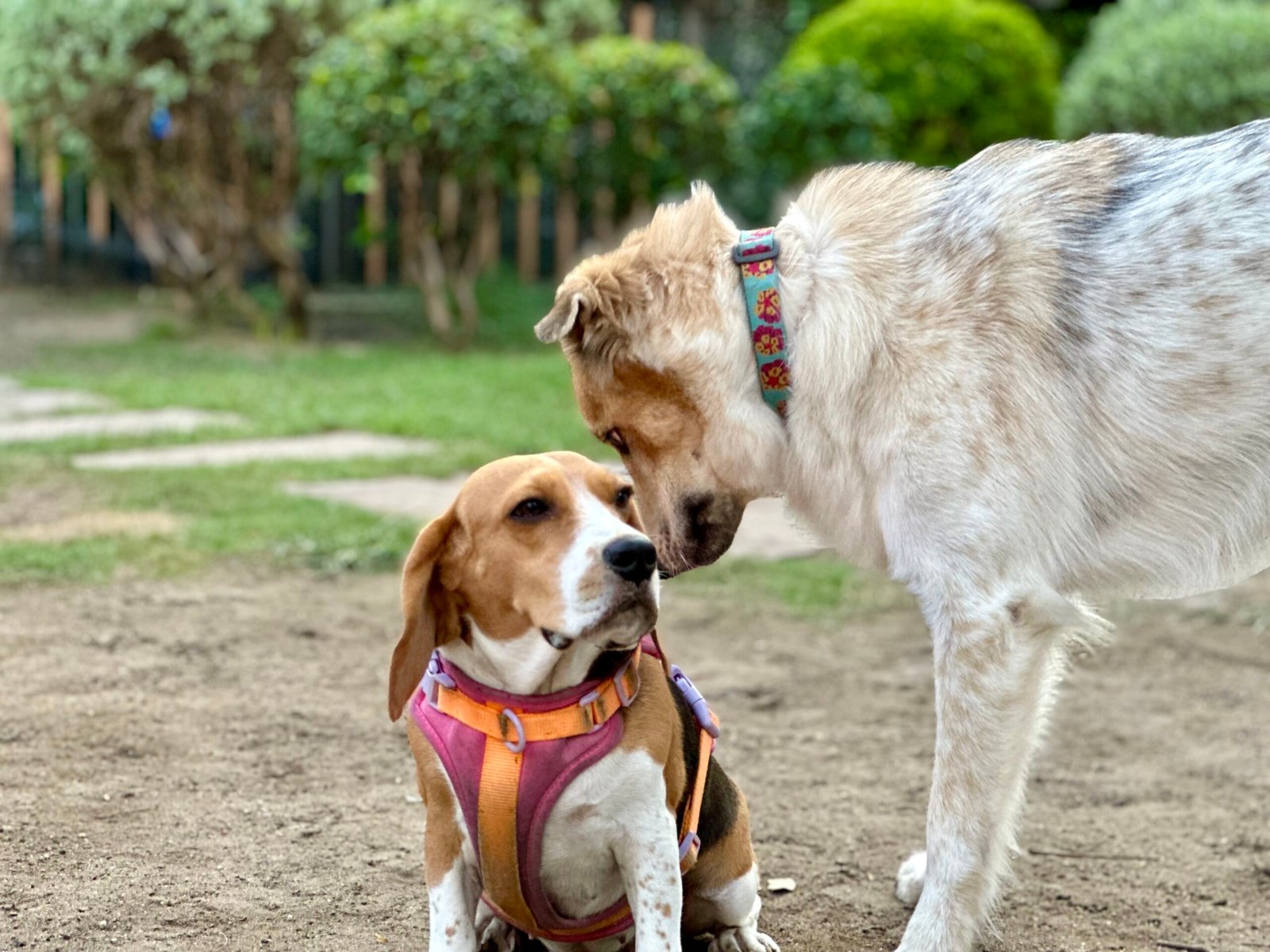
When a dog leans against you or nuzzles into your side, it’s a gesture filled with meaning. This behavior shows trust and affection, and it’s often a way for dogs to seek comfort, especially when they’re feeling uncertain or vulnerable. Some dogs lean in to reinforce their bond with their favorite humans, while others do it as a gentle request for attention or petting. It can also be a way for your dog to say, “I’m here, and I need you.” These moments of closeness are precious reminders of the deep emotional connections our dogs form with us.
Pawing: A Gentle Request or Playful Invitation
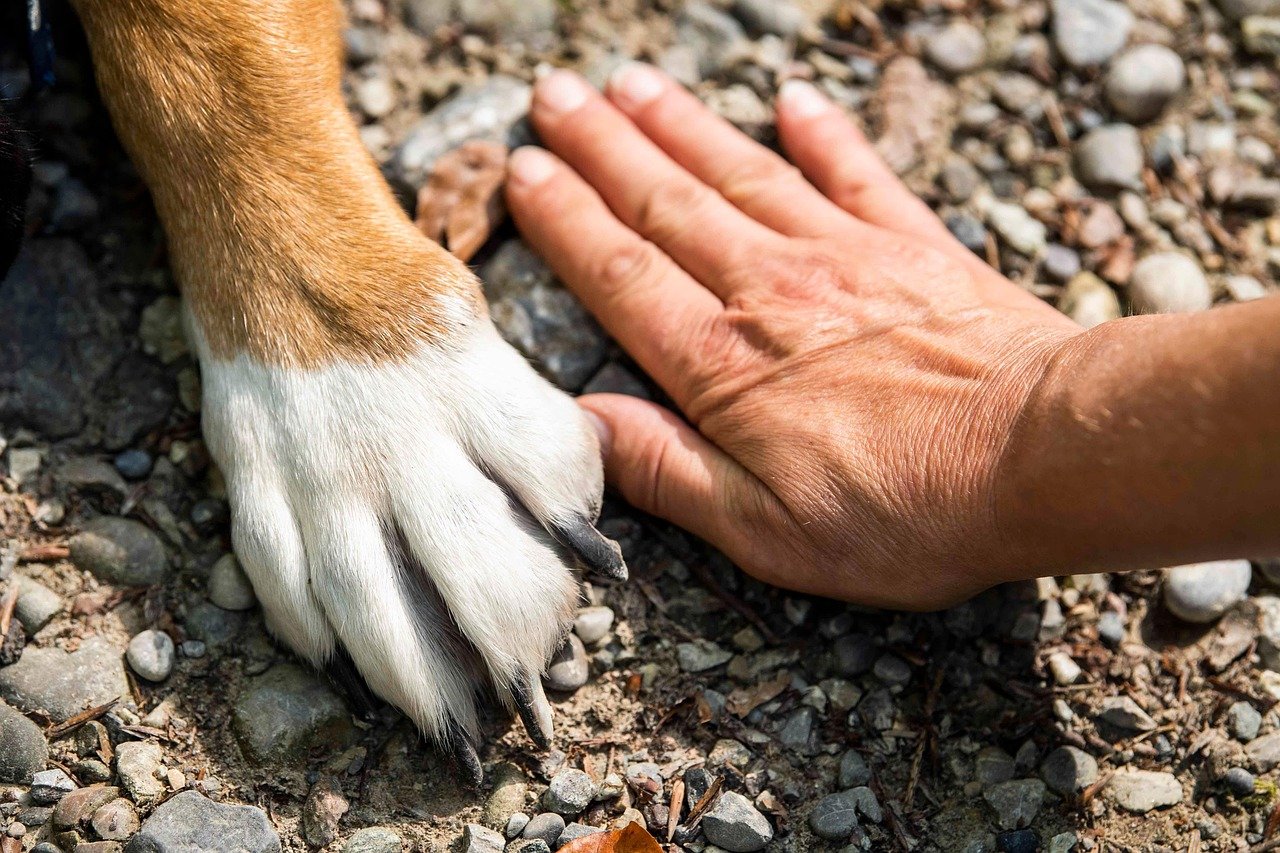
If your dog places a paw on your arm or leg, it’s usually a polite nudge for attention. Sometimes dogs paw at you when they want to play, go outside, or simply be acknowledged. For some, it’s a learned behavior—after all, when you respond positively, your dog learns that pawing is an effective way to get what they want. In other cases, it’s a sign of affection, like a gentle handshake between best friends. Pay attention to the context: is your dog looking into your eyes, wagging their tail, or making soft noises? All these clues help you understand the real message behind the paw.
Head Tilting: Trying to Understand You
There’s something utterly charming about a dog tilting its head in response to your voice. This behavior is often seen when a dog hears a new sound or tries to decipher a word or tone. Experts believe head tilting helps dogs better locate the source of a sound and may also be a way to show they’re paying attention. It’s a sign of curiosity and engagement, and it’s one of the most endearing ways dogs show they’re trying to connect. Next time your dog cocks their head, know that you have their full attention—and their heart.
Circling Before Lying Down: Instincts and Comfort

Have you noticed your dog walking in circles before settling down for a nap? This age-old behavior is rooted in instinct. Wild dogs would circle to pat down grass, check for threats, and create a comfortable resting spot. In the modern home, circling can signal that your dog is feeling safe and ready to relax. It can also be a way for them to mark their territory with scent glands in their paws. While it might seem quirky, this behavior is your dog’s way of communicating readiness for rest and a desire for comfort.
Staring: A Window to the Soul
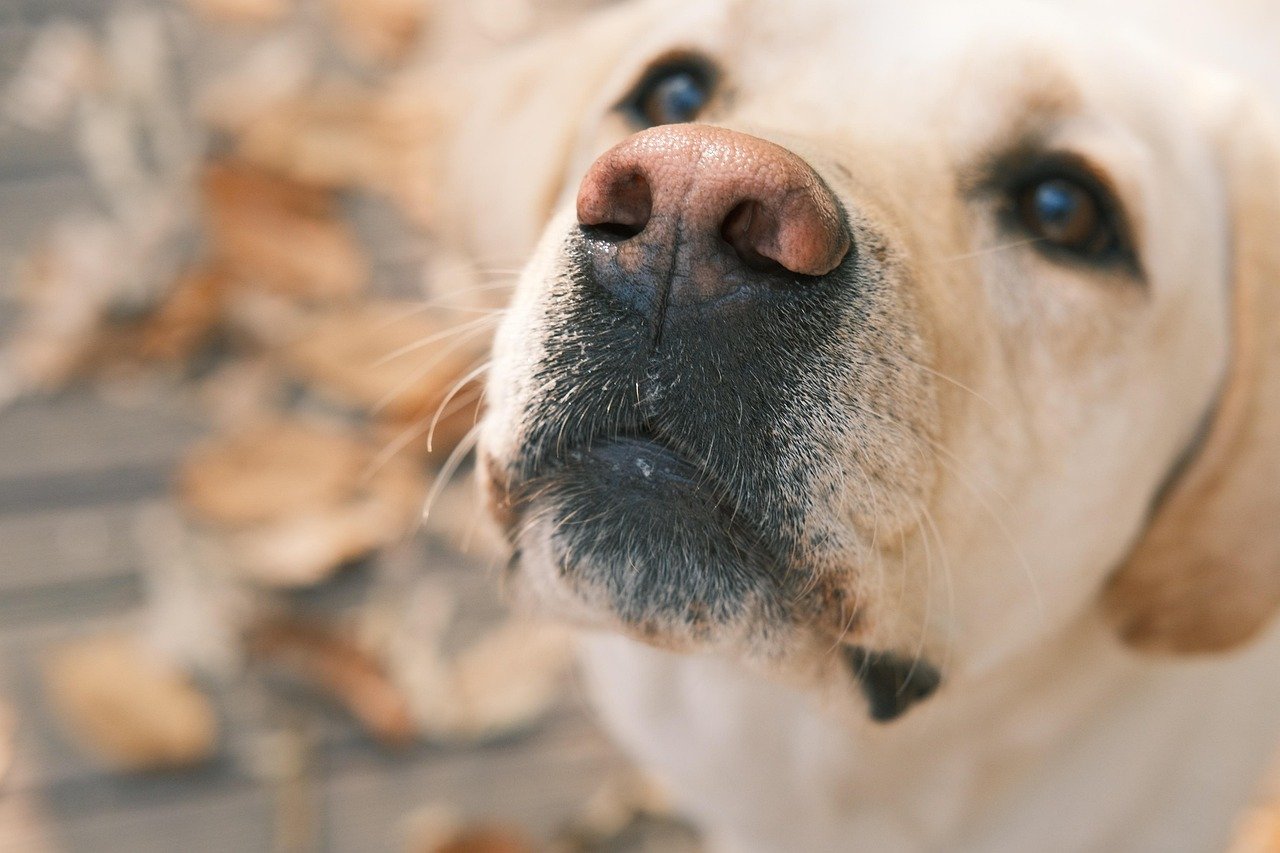
A dog’s stare can be intense and deeply moving. Sometimes, prolonged eye contact is a sign of love and trust—when your dog gazes at you with soft eyes, it’s a sign of deep affection. On the flip side, a hard, unblinking stare can indicate discomfort or a challenge, especially among unfamiliar dogs. When your dog looks at you and then glances at an object, they might be trying to tell you they want something, like a treat or a favorite toy. Staring is a powerful form of communication, often inviting you to share a quiet moment or respond to an unspoken need.
Rolling Over: Vulnerability, Trust, and Playfulness
When a dog rolls onto their back, exposing their belly, it’s one of the clearest signs of trust and submission. This vulnerable position says, “I feel safe with you.” Sometimes, dogs roll over as an invitation to play, especially if they’re wagging their tail and making playful noises. Belly-exposing can also be a way for dogs to cool down or get your attention for a good scratch. However, not all belly shows are invitations to pet—sometimes, it’s a sign of appeasement or nervousness. Always watch your dog’s other signals to understand the true meaning behind this open-hearted gesture.

